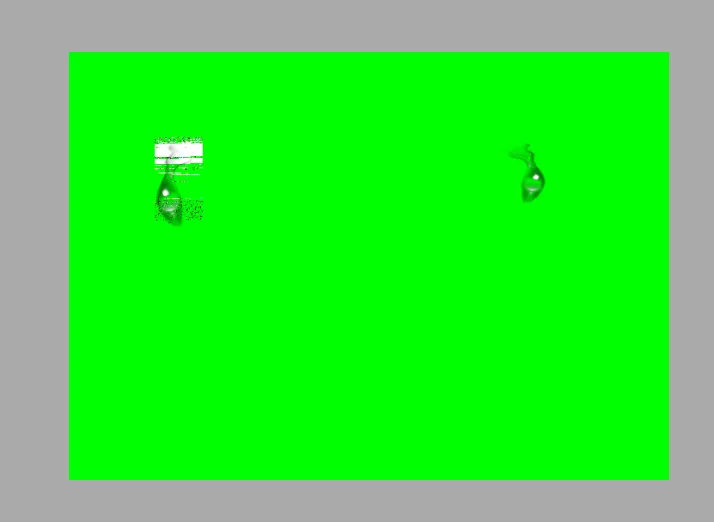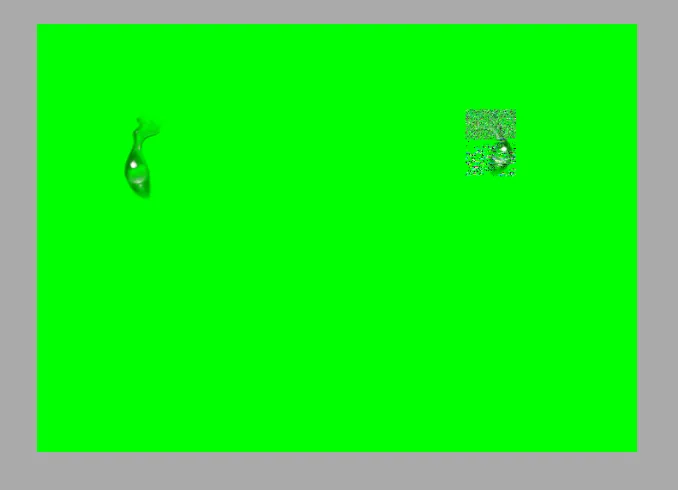1个回答
0
const char *cpath1 = [@"" cStringUsingEncoding:NSUTF8StringEncoding];//overlay image path , within @"" pass your image path which is in NSString
const char *cpath = [@"" cStringUsingEncoding:NSUTF8StringEncoding];//underlay imagepath
cv::Mat overlay = cv::imread(cpath1,-1);//-1 is for read .png images
cv::Mat underlay = cv::imread(cpath,-1);
//convert mat image in to RGB channel
cv::Mat overlayAlpha;
std::vector<Mat> channels1;
split(overlay, channels1);
channels1[3].copyTo(overlayAlpha);
cv::Mat underlayAlpha;
std::vector<Mat> channels2;
split(underlay, channels2);
channels2[3].copyTo(underlayAlpha);
overlayImage( &underlay, &overlay,cv::Point(10,10);
convert final image to RGB channel
cv::split(underlay,channels1);
std::swap(channels1[0],channels1[2]);// swap B and R channels.
cv::merge(channels1,underlay);//merge channels
MatToUIImage(background); //display your final image, it returns cv::Mat image
覆盖函数的实现如下:
void overlayImage(Mat* src, Mat* overlay, const cv::Point& location){
for (int y = max(location.y, 0); y < src->rows; ++y)
{
int fY = y - location.y;
if (fY >= overlay->rows)
break;
for (int x = max(location.x, 0); x < src->cols; ++x)
{
int fX = x - location.x;
if (fX >= overlay->cols)
break;
double opacity = ((double)overlay->data[fY * overlay->step + fX * overlay->channels() + 3]) / 255;
for (int c = 0; opacity > 0 && c < src->channels(); ++c)
{
unsigned char overlayPx = overlay->data[fY * overlay->step + fX * overlay->channels() + c];
unsigned char srcPx = src->data[y * src->step + x * src->channels() + c];
src->data[y * src->step + src->channels() * x + c] = srcPx * (1. - opacity) + overlayPx * opacity;
}
}
}
}
- Dharini
网页内容由stack overflow 提供, 点击上面的可以查看英文原文,
原文链接
原文链接



